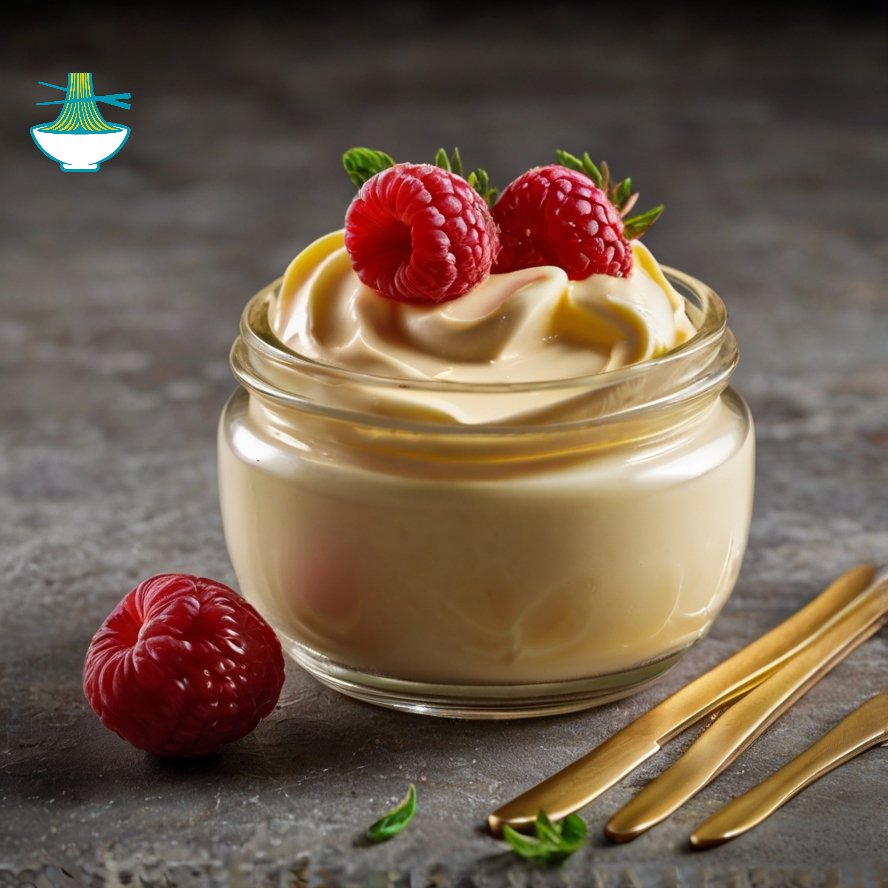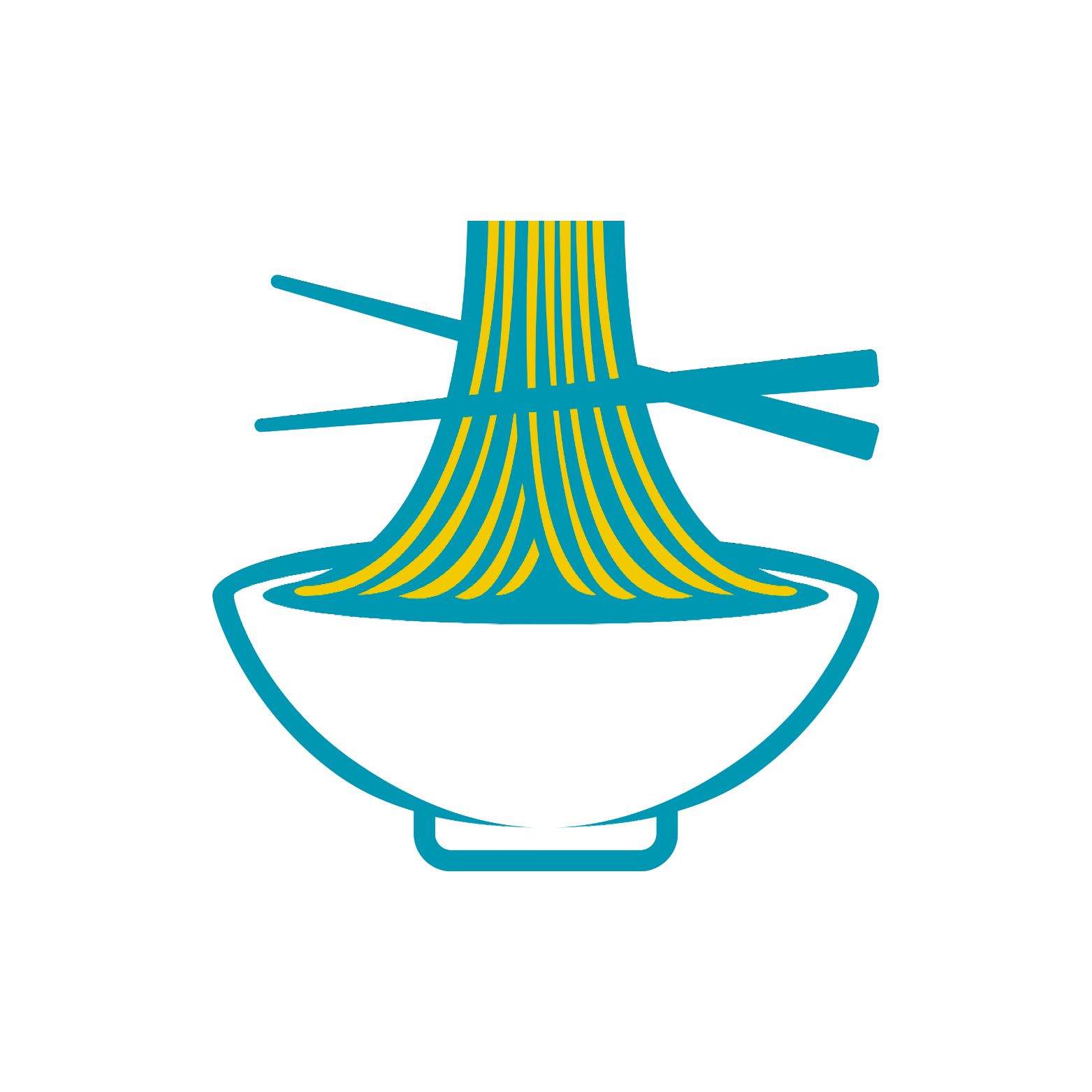Eremeg is a creamy dairy product that is often used in a variety of dishes or enjoyed on its own. This rich and smooth cream is typically made from fresh milk, which is allowed to ferment naturally or with the addition of specific bacterial cultures. The fermentation process gives Eremeg its distinctive tangy flavor and thick consistency. It can be used as a base for soups, sauces, and desserts, or simply served with bread, fruits, or pastries.
Eremeg has its roots in traditional dairy practices that date back centuries. Its origins are likely tied to pastoral cultures in Central Asia and Eastern Europe, where fermented dairy products were common due to their ability to preserve milk for longer periods. The use of bacterial cultures to ferment milk was a natural way to extend its shelf life and enhance its nutritional profile.
Over time, Eremeg became a staple in various regional cuisines, valued for its versatility and health benefits. Each region developed its own methods and variations, incorporating local ingredients and techniques. Today, Eremeg remains a beloved food item, enjoyed in traditional dishes as well as in modern culinary creations.
Ingredients:
- Fresh milk (preferably whole milk)
- Bacterial culture (such as Lactobacillus)
Instructions:
1. Heat the Milk: Start by heating the fresh milk to about 85°C (185°F) to pasteurize it. This helps kill any unwanted bacteria.
2. Cool the Milk: Allow the milk to cool down to around 40°C (104°F).
3. Add the Culture: Add the bacterial culture to the cooled milk. Stir well to ensure the culture is evenly distributed.
4. Fermentation: Pour the mixture into a clean container and cover it. Let it ferment at a warm temperature (about 30°C or 86°F) for 12-24 hours, or until it reaches the desired consistency and tanginess.
5. Chill: Once the fermentation process is complete, refrigerate the Eremeg for several hours to thicken further and develop its flavor.
6. Serve: Enjoy your homemade Eremeg as a topping, ingredient, or on its own.
Nutrition Value:
1. Fresh Milk (Whole Milk)
Ingredients: 1
1. Calories: 150 kcal
2. Carbohydrates: 12 g
- Sugars: 12 g (mainly lactose)
3. Protein: 8 g
4. Fat: 8 g
- Saturated Fat: 5 g
5. Sodium: 98 mg
6. Cholesterol: 24 mg
7. Vitamins:
- Vitamin A: 6% of the Daily Value (DV)
- Vitamin D: 15% of the DV (fortified)
- Vitamin B12: 18% of the DV
8. Minerals:
- Calcium: 28% of the DV
- Phosphorus: 22% of the DV
- Potassium: 10% of the DV
- Magnesium: 6% of the DV
Nutritional Benefits:
- Calories provide energy necessary for daily activities.
- Carbohydrates supply energy in the form of lactose.
- Protein is essential for muscle repair and growth.
- Fat provides essential fatty acids and aids in the absorption of fat-soluble vitamins.
- Sodium is important for maintaining fluid balance and nerve function.
- Cholesterol is necessary for building cell membranes and hormones.
- Vitamins:
- Vitamin A is crucial for vision and immune function.
- Vitamin D is essential for bone health and calcium absorption.
- Vitamin B12 is necessary for red blood cell formation and neurological function.
- Minerals:
- Calcium is vital for strong bones and teeth.
- Phosphorus supports bone health and energy production.
- Potassium helps regulate blood pressure and fluid balance.
- Magnesium is involved in muscle and nerve function and maintaining a healthy immune system.
2. Bacterial Culture (such as Lactobacillus)
Ingredients: 1
1. Calories: Negligible
2. Carbohydrates: Negligible
3. Protein: Negligible
4. Fat: Negligible
5. Sodium: Negligible
6. Cholesterol: Negligible
7. Vitamins and Minerals: Negligible amounts
Nutritional Benefits:
- Probiotics in Lactobacillus aid digestion, maintain a healthy gut flora, and enhance the immune system.
- Improves lactose digestion, making dairy products more digestible for those with lactose intolerance.
- Enhances immune response and protects against pathogens.
- Improves nutrient absorption, particularly vitamins and minerals, from the diet.


Comments